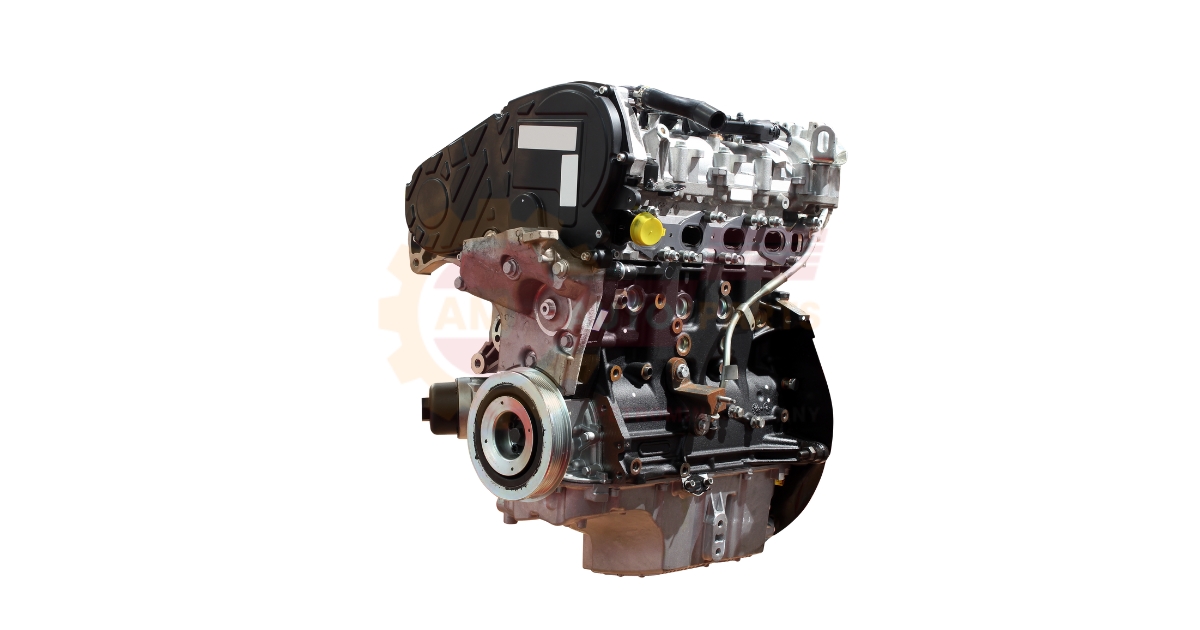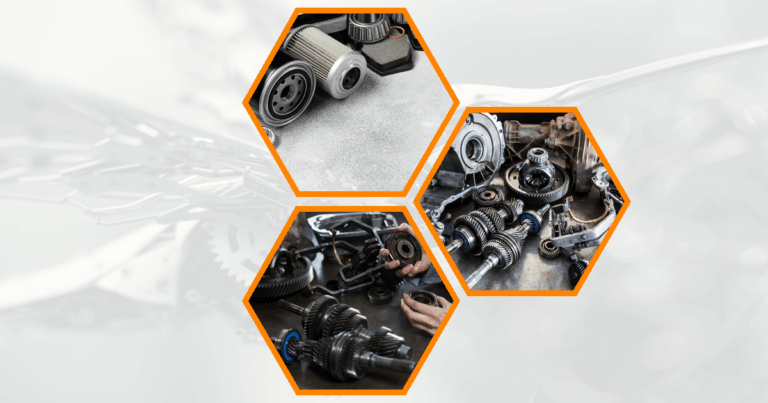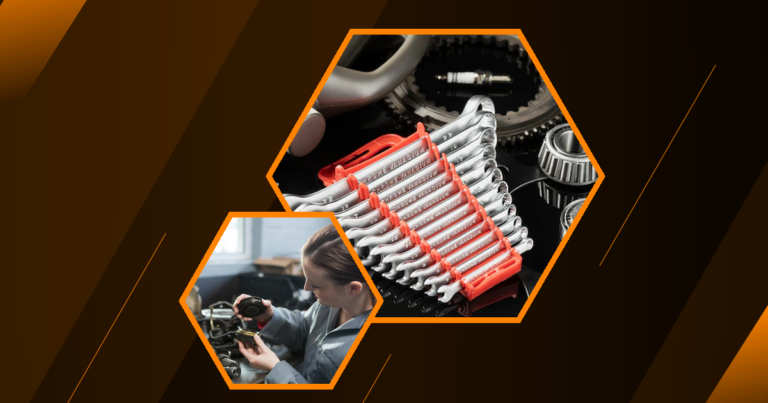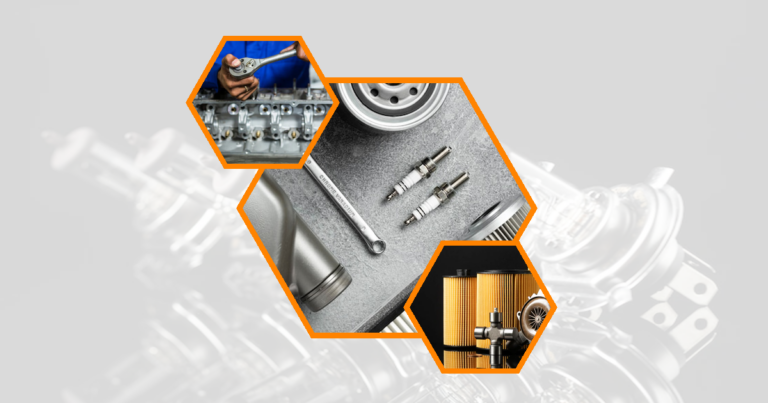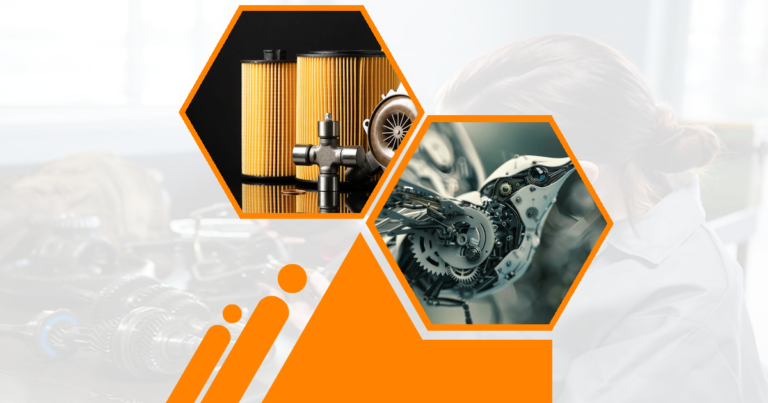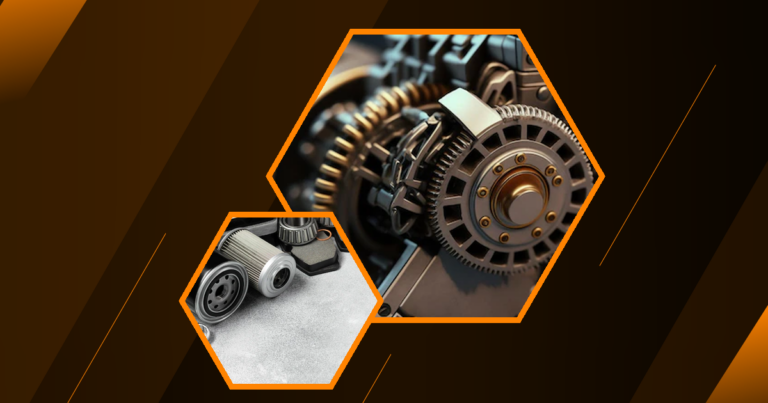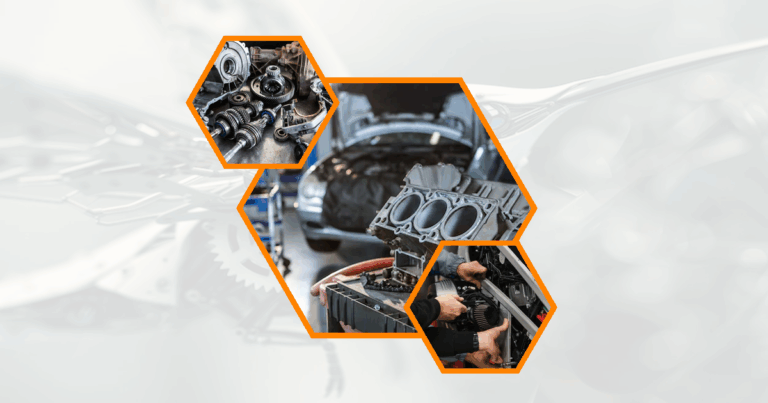30+ Main Car Engine Parts Names and Function 2024
Understanding the various car engine parts and their functions is crucial for every driver. This knowledge not only helps in maintaining your vehicle but also ensures you can diagnose issues early. Let’s dive into the major components of car engines, their functions, and how they contribute to the overall performance of your vehicle.
Major Components of Car Engine Parts
Engine Block
The engine block is the foundation of an engine. It houses the cylinders and other essential components, providing the structure and strength needed to withstand the internal combustion process.
- Material : Typically made from cast iron or aluminum.
- Function : Supports the cylinders, pistons, and crankshaft.
- Importance : Ensures the engine’s structural integrity and heat dissipation.
Cylinder Head
The cylinder head sits atop the engine block, sealing the cylinders and housing the combustion chambers, valves, and spark plugs.
- Material : Usually made from aluminum or cast iron.
- Function : Contains the combustion chambers and passages for air and fuel.
- Importance : Plays a critical role in the engine’s efficiency and performance.
Crankshaft
The crankshaft converts the linear motion of the pistons into rotational motion, which ultimately powers the vehicle.
- Material : Forged steel or cast iron.
- Function : Converts piston movement into rotational energy.
- Importance : Essential for transferring power to the drivetrain.
Pistons and Connecting Rods
Pistons move up and down within the cylinders, driven by the combustion of fuel. Connecting rods link the pistons to the crankshaft.
- Material : Aluminum or steel.
- Function : Transfer force from combustion to the crankshaft.
- Importance : Critical for the engine’s power generation.
Valvetrain
The valvetrain controls the opening and closing of the engine’s intake and exhaust valves, ensuring proper air and fuel flow.
- Components : Includes camshaft, lifters, pushrods, rocker arms, and valves.
- Function : Regulates air and fuel intake and exhaust gas expulsion.
- Importance : Vital for engine breathing and performance.
How Internal Combustion Engines Function
Four-Stroke Cycle Explained
The four-stroke cycle is the fundamental process by which internal combustion engines operate. It consists of four stages: intake, compression, power, and exhaust.
- Intake : Air and fuel mixture enters the cylinder.
- Compression : Mixture is compressed by the piston.
- Power : Spark plug ignites the mixture, causing combustion.
- Exhaust : Exhaust gases are expelled from the cylinder.
Fuel Injection Systems
Fuel injection systems deliver fuel directly into the combustion chamber or intake manifold, ensuring precise fuel delivery and improved efficiency.
- Types : Port fuel injection, direct injection.
- Function : Provides accurate fuel metering.
- Importance : Enhances fuel efficiency and performance.
Ignition System Components
The ignition system ignites the air-fuel mixture in the combustion chamber, initiating the power stroke.
- Components : Spark plugs, ignition coil, distributor.
- Function : Generates and delivers spark to ignite the fuel.
- Importance : Essential for starting and running the engine.
Critical Car Engine Parts for Performance 
Camshaft and Timing Chain
The camshaft and timing chain synchronize the opening and closing of the engine’s valves with the movement of the pistons.
- Material : Steel or cast iron.
- Function : Controls valve timing.
- Importance : Ensures optimal engine performance and efficiency.
Turbochargers and Superchargers
Turbochargers and superchargers force more air into the engine, increasing power output.
- Turbocharger : Uses exhaust gases to spin a turbine.
- Supercharger : Driven by the engine’s crankshaft.
- Importance : Boosts engine power and performance.
Intake and Exhaust Manifolds
The intake manifold distributes air to the cylinders, while the exhaust manifold collects and expels exhaust gases.
- Material : Aluminum or cast iron.
- Function : Manages air intake and exhaust flow.
- Importance : Crucial for engine breathing and efficiency.
Maintenance of Key Car Engine Parts
Oil and Filter Changes
Regular oil and filter changes are essential for maintaining engine health and performance.
- Frequency : Every 3,000 to 5,000 miles.
- Function : Lubricates engine components, reduces friction.
- Importance : Prevents engine wear and overheating.
Spark Plug Replacement
Spark plugs ignite the air-fuel mixture, and regular replacement ensures efficient combustion.
- Frequency : Every 30,000 to 100,000 miles.
- Function : Provides spark for combustion.
- Importance : Maintains engine performance and fuel efficiency.
Timing Belt Service
The timing belt synchronizes the camshaft and crankshaft, and timely replacement prevents engine damage.
- Frequency : Every 60,000 to 100,000 miles.
- Function : Ensures proper valve timing.
- Importance : Prevents catastrophic engine failure.
Diagnosing Common Car Engine Parts Issues 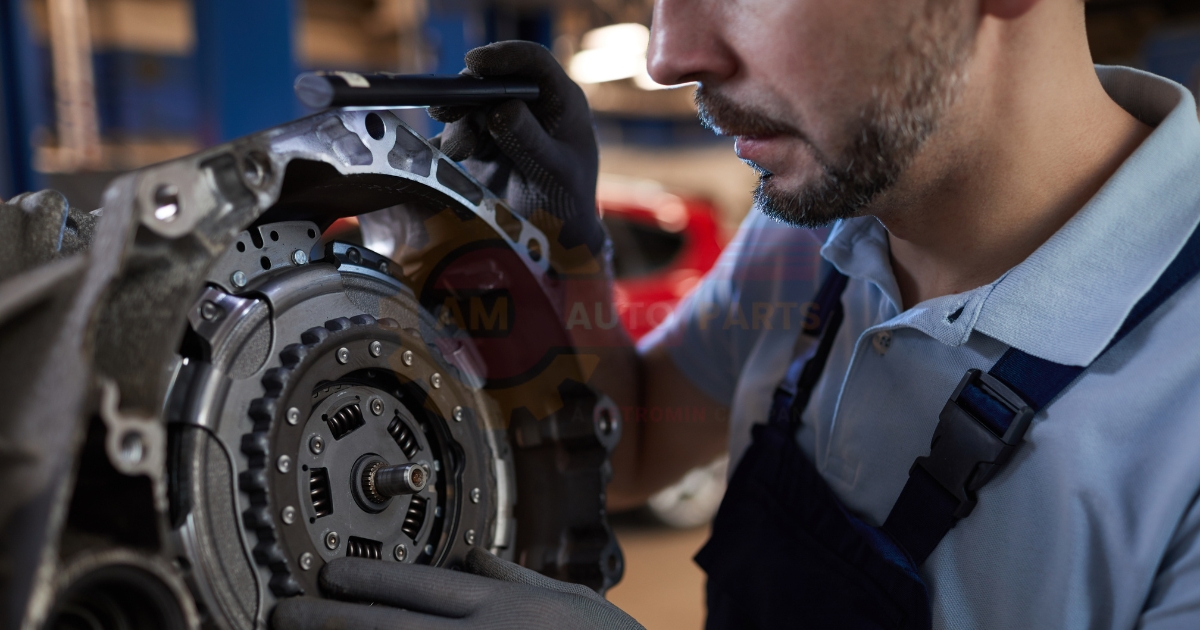
Warning Signs of Engine Trouble
Recognizing early warning signs can prevent major engine issues.
- Symptoms : Unusual noises, decreased performance, warning lights.
- Action : Immediate inspection and diagnosis.
- Importance : Prevents costly repairs and breakdowns.
Using OBD-II Scanners
OBD-II scanners provide diagnostic information, helping identify engine issues.
- Function : Reads error codes from the engine control unit.
- Usage : Plug into the vehicle’s OBD-II port.
- Importance : Facilitates quick and accurate diagnosis.
When to Seek Professional Help
Knowing when to seek professional help can save time and money.
- Indicators : Persistent issues, complex repairs.
- Action : Consult a certified mechanic.
- Importance : Ensures proper and safe repairs.
Advancements in Car Engine Parts Technology
Hybrid and Electric Vehicle Components
Hybrid and electric vehicles incorporate advanced components to enhance efficiency and reduce emissions.
- Components : Electric motors, battery packs, regenerative braking systems.
- Function : Supplement or replace internal combustion engines.
- Importance : Improves fuel efficiency and reduces environmental impact.
Materials Innovation in Engine Design
Innovations in materials have led to lighter, stronger, and more efficient engine components.
- Materials : High-strength steel, aluminum alloys, composites.
- Function : Reduce weight, increase durability.
- Importance : Enhances performance and fuel efficiency.
Smart Sensors and Engine Management Systems
Smart sensors and engine management systems optimize engine performance and efficiency. Automotive body components are the parts that make up the outer shell of a car These include doors fenders hood trunk and bumpers which protect passengers and give the vehicle its shape Automobile cockpit nomenclature The
Engine temperature regulation keeps the engine from getting too hot It uses coolant and a radiator to control the heat in Optimize warehouse spares means making sure you have just the right amount of extra parts in storage This helps save money and space while still having what you need when machines break down
Vehicle parts levy is a tax on car parts It makes some car parts more expensive when you buy them Repair fundamentals handbook teaches you how to fix things It shows basic steps to make broken stuff work again
Locating replacement components When something breaks you need to find new parts to fix it Vehicle component expenses The money spent on parts that make up a car or truck like tires wheels brakes and engines These costs can add up when fixing or replacing vehicle components
Suspension components explained Suspension parts work together to make your car ride smooth and comfortable they include things like springs shocks and struts that absorb bumps on the road Steering mechanism control helps drivers turn their cars easily It makes the wheels move in the direction you want to go
Engine components comparison Different engines have various parts that work together and comparing these parts helps us understand how each engine functions and performs Camshaft engine component The
Disc brake analysis helps us understand how well car brakes work It looks at things like heat and wear to make brakes safer and last longer
- Components : Oxygen sensors, knock sensors, engine control units.
- Function : Monitor and adjust engine parameters.
- Importance : Ensures optimal performance and emissions control.
Choosing Quality Replacement Car Engine Parts
OEM vs. Aftermarket Parts
Choosing between OEM and aftermarket parts can impact your vehicle’s performance and longevity.
- OEM Parts : Made by the original manufacturer.
- Aftermarket Parts : Made by third-party manufacturers.
- Consideration : Quality, compatibility, and warranty.
Importance of Compatibility
Ensuring compatibility of replacement parts is crucial for proper function and performance.
- Check : Part numbers, specifications, and fitment.
- Impact : Prevents installation issues and performance problems.
- Advice : Consult vehicle manual or professional mechanic.
Warranty Considerations
Warranty coverage can provide peace of mind when purchasing replacement parts.
- Types : Manufacturer’s warranty, extended warranty.
- Coverage : Defects, performance issues.
- Importance : Protects against unexpected costs.
FAQs About Car Engine Parts
How often should I replace my car engine parts?
The frequency of replacing car engine parts varies depending on the part and vehicle usage. Regular maintenance, such as oil changes and spark plug replacements, should be done according to the manufacturer’s recommendations to ensure optimal performance.
Can I mix different brands of car engine parts?
Mixing different brands of car engine parts is generally not recommended. Compatibility and quality can vary, potentially leading to performance issues or damage. It’s best to use parts specified by the manufacturer or consult a professional mechanic.
What’s the difference between a V6 and V8 engine in terms of parts?
A V6 engine has six cylinders arranged in a V shape, while a V8 engine has eight cylinders. The main difference in terms of parts is the number of cylinders and associated components, such as pistons and valves, which can affect the engine’s power and performance.
What are the main parts of a car engine?
The main parts of a car engine include the engine block, cylinder head, crankshaft, pistons, and valvetrain. These components work together to convert fuel into mechanical energy, powering the vehicle.
How many parts are in a typical car engine?
A typical car engine consists of hundreds of parts, including major components like the engine block, cylinder head, and crankshaft, as well as numerous smaller parts such as valves, gaskets, and sensors.
What is the most important part of a car engine?
The most important part of a car engine is often considered to be the engine block, as it houses the cylinders and other critical components, providing the foundation for the entire engine.
According to the U.S. Department of Energy, proper maintenance of car engine parts can improve fuel economy by up to 40% [source: https://www.energy.gov/eere/vehicles/articles/keeping-your-vehicle-shape ].
